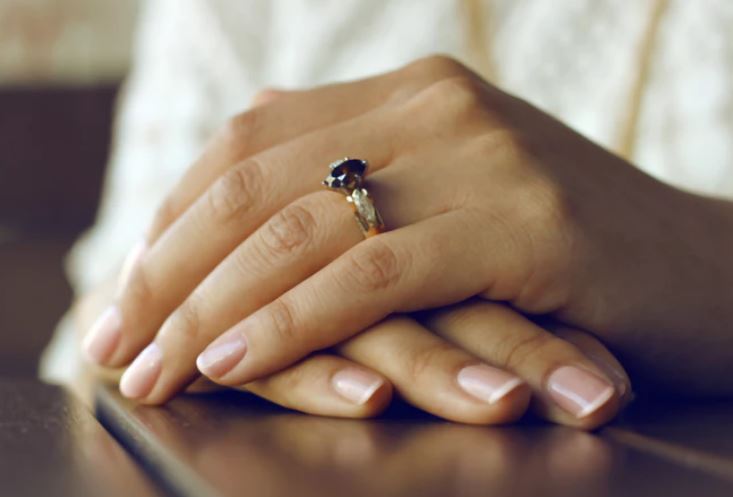
Nail problems can be really annoying. Here’s how to identify and address the most common nail problems we experience.
Image: Unsplash
1. Splitting nails. Split nails happen when the nails splits down the middle, or lifts off the nail bed in layers. Causes can include repetitive trauma like using your nails as tools (guilty), regularly tapping your nails, constant exposure to moisture and excessive washing with harsh detergents.
Treatment – To treat and prevent nail splitting, protect your nails by wearing gloves if you’re regularly exposed to water and chemicals. Buffing or trimming off any areas that have lifted or split will stop the split from getting worse. Sealing the nail with nail polish or even gel polish is a very effective treatment for most people as it covers the nail while the split grows out.
SEE ALSO: Say it with your nails
2. Discoloured nails. Since the nail bed is rich in blood, a healthy nail should be a similar colour to your skin, with the free edge being whitish in colour. Nail staining is usually superficial and caused by external factors like nail polish or nicotine. If it’s deep staining, it could be caused by medication or medical conditions.
Treatment – If the staining is superficial, gently buff away stains with a nail buffer, but be careful not to remove too many layers of nail. You could end up with thin nails that are very vulnerable to damage. If the staining is deep, there isn’t much you can do about it, but if it persists it’s best to get it checked out by a doctor to check that it isn’t a symptom of a more serious condition.
3. Dry cuticles. Dry cuticles can tear, hook on fabrics and cause infections, so it’s best to prevent and treat them as soon as possible.
Treatment – moisturise cuticles with an oil or cream multiple times a day. Keep one in your handbag and one on your bedside table and make it a habit to apply it whenever you remember. If your cuticles are torn, carefully trim any loose pieces of skin to prevent them from tearing further. If there’s infection present, treat it with antibacterial ointment first.
4. White flecks. Healthy nails should be free from marks and imperfections. There’s a myth that white flecks in your nails are caused by mineral or vitamin deficiencies, but usually they’re a result of injury to the nail plate. Unfortunately you can’t do much about this – you have to just let it grow out. If you’re unsure about the origin of the white fleck, you can give buffing it lightly a go to see if it goes away.
SEE ALSO: Nails trend straight from the runway
5. Ridged nails. Lots of people have ridged nails, and the bad news is, there’s not much you can do about it. Vertical ridges are usually caused by changes in your nails as you age, but they can also be a sign of an underlying disease. Horizontal ridges are more worrying, as they can indicate various serious conditions, including kidney disease, diabetes and thyroid problems! But they could also just be a result of trauma to the nails.
When to worry
If any of your nail problems persist, or they’re accompanied by other symptoms, it’s always better to go get them checked out by a GP or dermatologist.
The post Your most common nail problems solved appeared first on All4Women.




